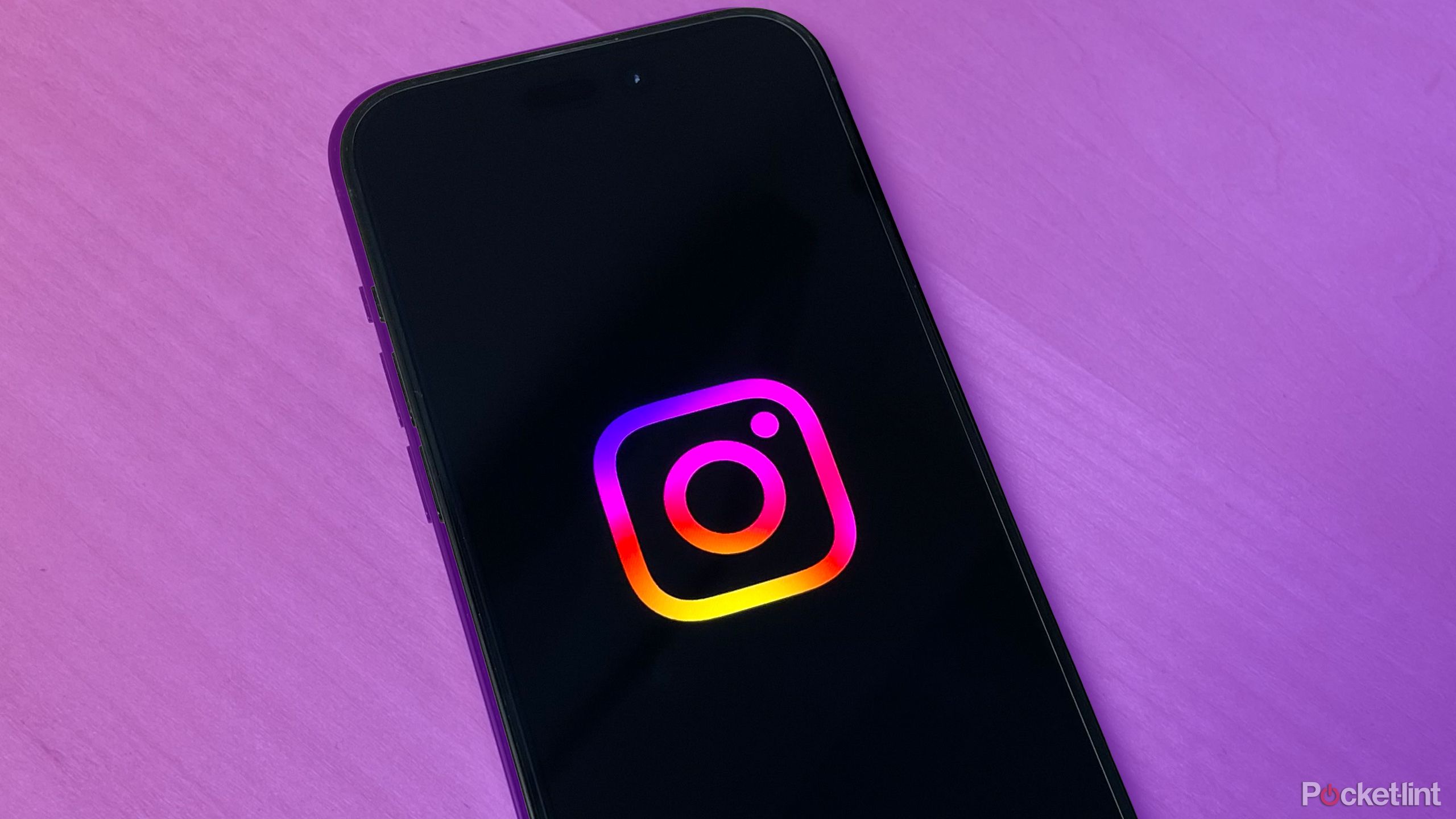VR in your car: Is Holoride the future of in-car entertainment?
The thought of wearing a VR headset in the backseat of a car might fill you with dread. With many experiencing motion sickness when travelling, and many experiencing motion sickness when using a VR headset, it sounds like a recipe for double disaster.
Stepping away from the hustle and bustle of the Mobile World Congress show floor, we meet up with Holoride for a real-world demo of their new tech.
Holoride wants to make car journeys more exciting, as the company says, turning vehicles into moving theme parks. It’s VR in your car.
We slip into the backseat of a Cupra Born electric car, where a HTC Vive Flow headset is waiting for us. It’s the moment of truth: this is either going to see the prompt return of a hotel breakfast, or, as Holoride suggests on its website, result in a euphoric experience.
Worn like a pair of very chunky glasses, Vive Flow provides the visual immersion, with speakers in the arms to provide audio without needing headphones. It’s quite different to the heavy VR headsets we’ve used before and that’s important because we’re now in the back of a moving car.
It needs to be plugged in for power, so it’s connected to the USB-C socket in the rear of the car, but it’s reassuringly comfortable and light enough as a headset so that it doesn’t feel tiring to wear.
The HTC Vive Flow has been loaded with Holoride. The company is an offshoot of Audi, which provided some of the seed funding and holds a minority share, with Holoride being a technology platform that can provide a range of different applications.
The aim is for Holoride to be brand agnostic, working across a range of range of VR devices in the future and compatible with a wide range of cars.
Compatible with the car? What’s that all about?
Part of the secret behind Holoride is that it uses and reflects the car’s movement, so having access to data from the car is part of the experience. For our ride there’s a development unit stuck inside the windscreen, providing data to Holoride, but in the future it will be connected to the car’s own sensors.
Why is this important? It all comes back to motion sickness. Motion sickness strikes for many people when the body tells you you’re moving, but your eyes tell your brain that you’re not.
As we start driving, the virtual world we can see is moving with the car. When we stop at a junction the virtual world slows and stops, when we turn left in the car, we turn left the virtual world too. By matching what the body feels and the eyes see, the dissonance that causes motion sickness is abated.
We’re playing a game, aiming a cannon to pop coloured balls. The floating balls and the virtual universe moves around as we drive. Of course there are no controllers, so we just have a simple tap control provided by a mobile phone.
It’s fun, and that moving environment – which Holoride calls “elastic content” – means that we’re not feeling sick, there’s no sense of vertigo, it’s just becomes a VR experience in the back of a car.
We then navigate over to a virtual cinema, firing up a movie to watch on the move. This time there’s a floating screen, immediately begging the question of why it doesn’t completely fill your view.
As we start driving again, turning corners and stopping in traffic, there are small floating particles around the display that reflect the movement. Beneath the floating movie we’re watching, there’s a faint outline of a scrolling map, reflecting the twisting and turning of the car.
That’s why the cinema view isn’t all enveloping, because it needs space around it to reflect movement so that Holoride can reflect the motion of the car in the virtual environment.
We step away from experience surprised. We’d expected waves of nausea and that just didn’t happen. But it still raises the question of why you’d turn to Holoride rather than looking out of the window or just using your phone.
While a car ride around busy Barcelonan streets might not be the best use case for a system like Holoride, there is some argument for being able to deliver a personalised, immersive, experience on other forms of travel.
Holoride tells us that they have a lot in store for 2022. While the demo we had was clearly a prototype and the company wouldn’t be drawn on the specifics of when it would launch, what devices it would be compatible with, or how much it might cost, it’s clear that these details are going to surface over the coming weeks and months.
It’s interesting, certainly, and the technology does seem to be able to counter the barrier of motion sickness: what we’re really waiting for is a killer application to really sell this technology to customers.




